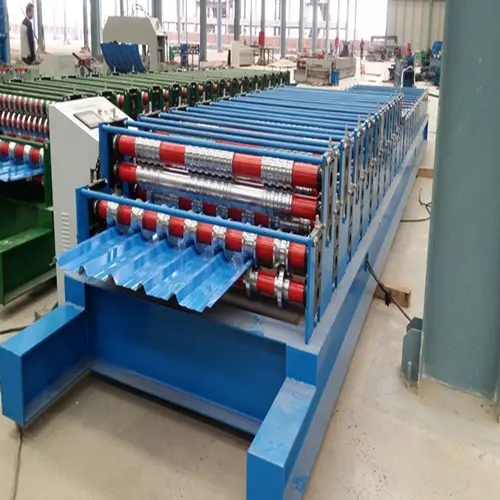
The Electric Junction Cabinet Production Line Enhancing Efficiency and Quality
In today's fast-paced industrial world, the production of electric junction cabinets is critical for ensuring seamless power distribution and control of electrical systems. An electric junction cabinet serves as an essential component in electrical installations, housing circuit breakers, fuses, and other control equipment. The efficiency and quality of these cabinets are pivotal to the reliability of electrical supply systems. This is where a well-structured production line comes into play.
Understanding the Production Line
A production line for electric junction cabinets typically involves several stages, each designed to streamline the manufacturing process and ensure that the final product meets the necessary standards for safety and performance. The primary stages of this production line include design and prototyping, material selection, fabrication, assembly, quality control, and final inspection.
1. Design and Prototyping The process begins with innovative design and engineering, where engineers develop blueprints that meet specific industry requirements and customer needs. Using computer-aided design (CAD) software, prototypes are created to simulate how the junction cabinets will perform once constructed. This stage is crucial for identifying potential issues early in the production process.
2. Material Selection Choosing the right materials is vital for durability and functionality. Junction cabinets must be made from materials that can withstand various environmental conditions while providing electrical insulation. Common materials used include steel, aluminum, and fiberglass. These materials are selected based on factors such as strength, corrosion resistance, and thermal conductivity.
3. Fabrication Once the design is approved and materials are chosen, the fabrication process begins. This stage involves cutting, punching, and bending the metal sheets to form the cabinet structure. Advanced machinery, including laser cutters and CNC machines, is often employed to enhance precision and reduce waste. The fabrication stage lays the groundwork for a strong and reliable junction cabinet.

4. Assembly After fabrication, the individual components are assembled. This includes installing mounting plates, circuit breakers, wiring, and any other components specified in the design. This step often relies on skilled technicians who ensure that everything is put together correctly and that all safety standards are adhered to. Efficient assembly practices can significantly reduce production time and costs.
5. Quality Control Quality assurance is an integral part of the production line. Rigorous testing and inspections are carried out to ensure that the junction cabinets meet industry standards and customer specifications. This may involve checking electrical performance, structural integrity, and environmental resistance, ensuring that each cabinet functions as intended.
6. Final Inspection and Shipping Once quality control is complete, each electric junction cabinet undergoes a final inspection before being shipped. Additional measures, such as packaging optimization, are implemented to protect the cabinets during transportation.
The Benefits of an Efficient Production Line
An optimized production line for electric junction cabinets leads to numerous benefits. Firstly, efficiency gains reduce production time, allowing manufacturers to meet customer demands more rapidly. Secondly, maintaining high standards of quality minimizes the likelihood of defects, which can lead to costly repairs and downtime in electrical systems. Lastly, by implementing advanced technologies and automation, manufacturers reduce labor costs and enhance overall productivity.
In conclusion, the electric junction cabinet production line is a crucial element in the manufacturing process, leading to high-quality, reliable products that are essential for electrical installations. Through a combination of innovative design, quality materials, skilled assembly, and stringent quality control, manufacturers can ensure that their electric junction cabinets perform reliably and safely in various applications. As the demand for effective electrical solutions continues to grow, refining these production processes will remain vital for success in the marketplace.